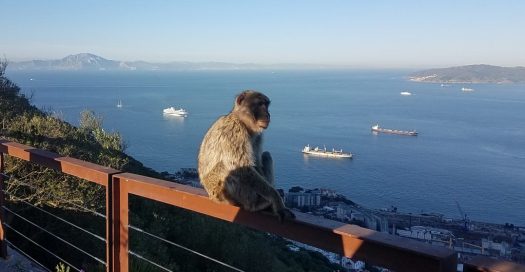
I really wanted to find out that the octopus came from outer space. With eye stalks that rotate, suckers on its multiple arms, and a “brain” located mostly along the tentacles, the octo is curious to some and downright disturbing to others. When I saw the headline: “Alien” octopuses “arrived on earth from space as cryopreserved eggs” I had to trace the theory back to the paper in a legitimate scientific journal which suggested this intriguing occurrence.
Unfortunately, my hopes were dashed by Snopes and the article’s lack of deductive reasoning and relevant facts. Bummer! The ghost of Darwin has, for now, fended off the extraterrestrials but, as an encore, has performed biological magic with starfish.
First, an important grammar lesson. I was taught that the plural of hippopotamus is hippopotami, so that the plural of octopus would be octopi, but my mother was wrong. Octopus is not Latin–like the word radius (plural radii)–but Greek oktṓpous (ὀκτώπους, ‘eight-foot’). So the plural is octopuses (or octopedes) but never octopi.
And Moses supposes his toeses are roses… Continue reading “Space Octopus/Star Fish”


